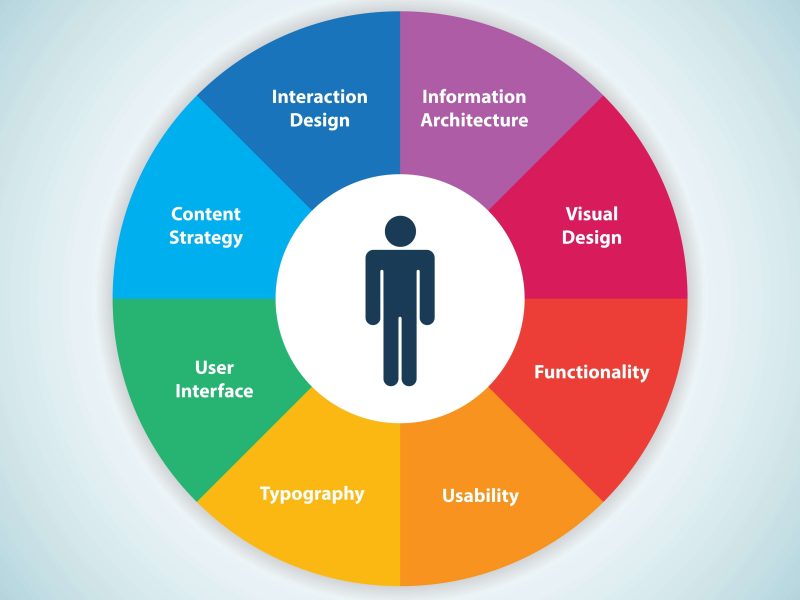Creating a positive workplace culture is essential for any organization’s success. A positive workplace culture not only boosts employee morale and satisfaction but also attracts top talent and enhances overall productivity. In this article, we will explore the key elements that contribute to building a positive workplace culture.
The Importance of Workplace Culture
Workplace culture refers to the shared values, beliefs, and behaviors that shape the overall working environment. A positive workplace culture sets the tone for harmonious employee relationships, encourages collaboration, and supports individual growth.
A positive workplace culture impacts several aspects of organizational performance. It improves employee engagement, lowers turnover rates, and fosters creativity and innovation. Moreover, it helps maintain a healthy work-life balance and reduces stress and burnout.
Establishing Clear Core Values
One of the fundamental building blocks of a positive workplace culture is establishing clear core values that align with the organization’s mission and goals. Core values serve as guiding principles and help create a sense of purpose and direction for all employees.
Leadership should actively communicate and reinforce these core values to ensure everyone understands and incorporates them into their daily work routines. By defining expectations and behaviors, core values lay the foundation for building a positive and cohesive work environment.
Encouraging Open Communication
Open communication is crucial in fostering a positive workplace culture. Employees should feel comfortable expressing their ideas and concerns without fear of judgment or repercussions. Encouraging regular feedback sessions, both formal and informal, allows for open dialogue and transparency.
Moreover, effective communication also involves active listening. It is important for leaders and team members to actively listen to one another, promoting understanding and empathy. By fostering a culture of open communication, misunderstandings are minimized, and collaboration and teamwork are enhanced.
Promoting Work-Life Balance
A positive workplace culture emphasizes the importance of maintaining a work-life balance. Encouraging employees to have a healthy separation between work and personal life leads to increased job satisfaction and productivity.
This can be achieved by promoting flexible work hours, providing remote work opportunities, and offering employee wellness programs. Investing in employee well-being not only strengthens the workplace culture but also supports employees’ mental and physical health.
Recognizing and Rewarding Achievements
Recognizing and rewarding employees’ achievements is another vital aspect of building a positive workplace culture. Acknowledging and appreciating their contributions boosts motivation, engagement, and loyalty.
Leaders should establish a robust recognition system that celebrates both individual and team accomplishments. This can be done through incentives, bonuses, public recognition, or even a simple “thank you.” Recognizing and rewarding achievements demonstrates that hard work and dedication are valued and encourages others to strive for excellence.
Promoting Professional Development
A positive workplace culture encourages continuous learning and growth. Supporting employees’ professional development not only enhances their skills and knowledge but also fosters a sense of purpose and commitment.
Organizations can invest in workshops, training programs, and mentorship opportunities to provide employees with avenues for growth. By demonstrating a commitment to their development, organizations empower their employees and create a culture that values lifelong learning.
Conclusion
Building a positive workplace culture requires effort from both leadership and employees. By establishing clear core values, promoting open communication, encouraging work-life balance, recognizing achievements, and promoting professional development, organizations can create an environment where employees feel valued, motivated, and empowered.


